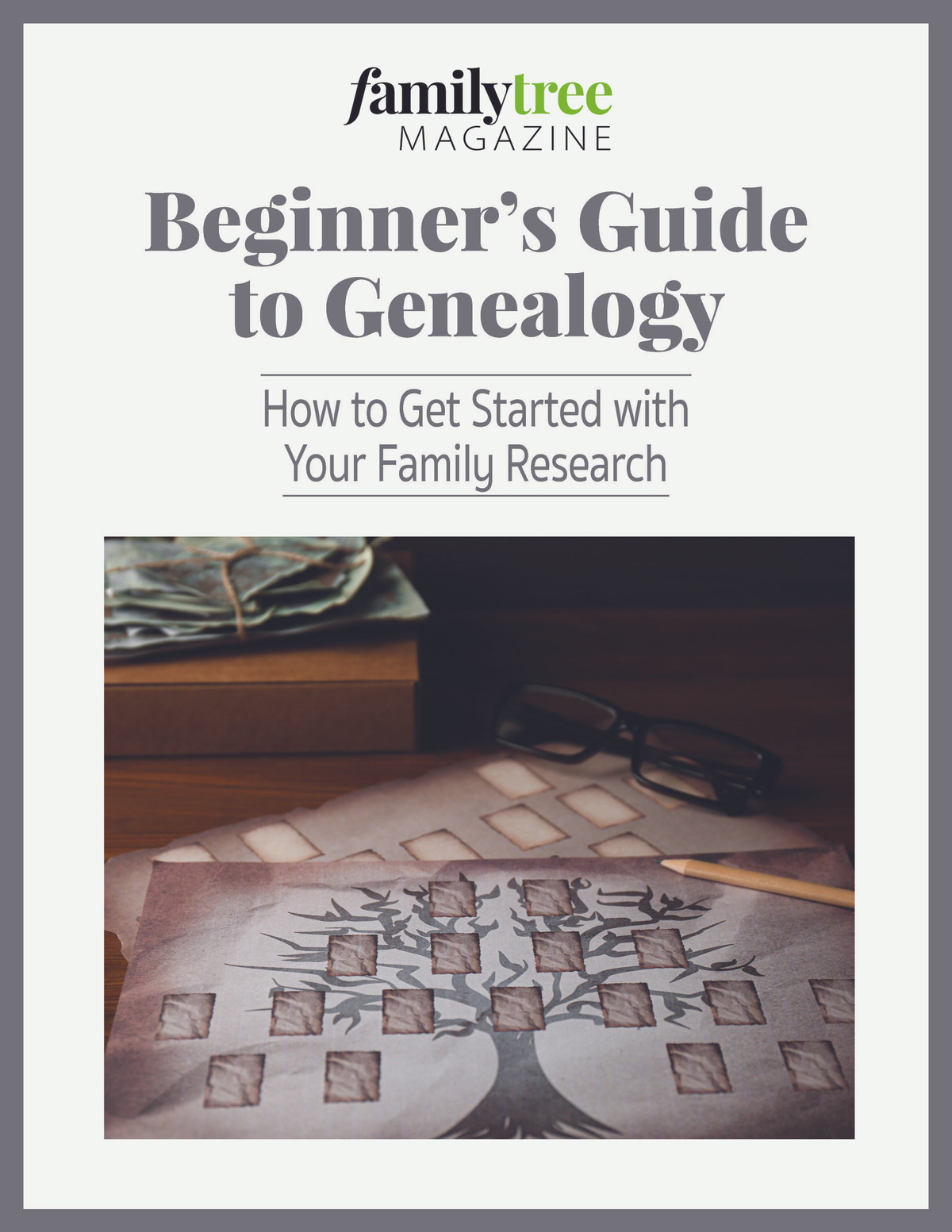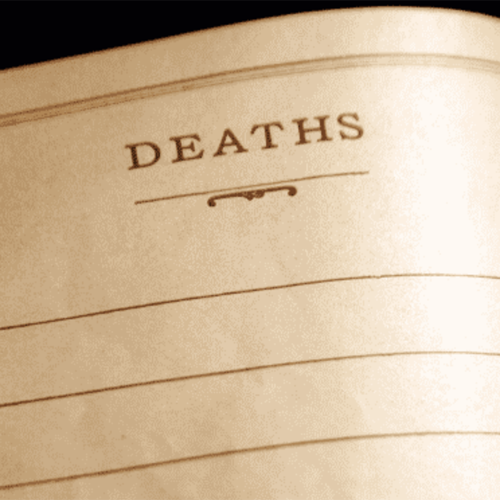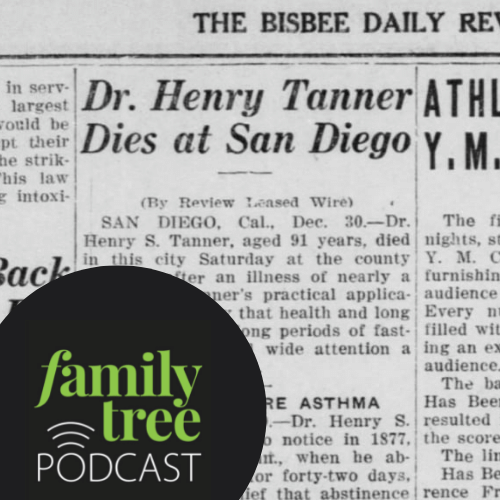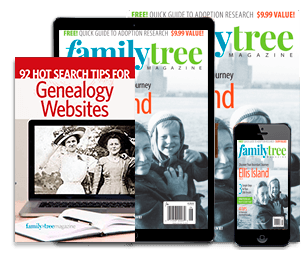| Using Death Records for Genealogy |
| The very last documents your ancestors left behind—death records—often prove to be the most valuable for filling out your family tree. With the benefit of hindsight, death records might provide not only details of an ancestor’s passing, but also information about spouse, other relatives, and even birth date and place and parents’ names and their places of birth. If you’re following good genealogy practices and working backwards in time, an ancestor’s death record is the ideal place to start. And never before have so many death records been readily accessible online. Unfortunately and perhaps surprisingly, official death certificates as we know them today are a relatively recent invention. A few states began recording deaths in the mid-19th century, but others lagged until the early 20th century. Our free vital records guide will tell you when each state introduced death certificates and how to access them. You can also learn more about how maps can help you figure out how your ancestors died. Alternative Resources If an ancestor died before a state started recording such unfortunate events, you might still be able to find local death certificates or lists known as death registers. Of course, though not as official, you should also scour local newspapers (many now available online) for an ancestor’s obituary. Churches often kept their own records of parishioners’ passings. Cemetery and other burial records—not just tombstones—can fill in some blanks. If you’re stumped, don’t overlook records created some time after an individual’s death—probate paperwork and census mortality schedules. We’ve got a handy guide to all these options. |

















